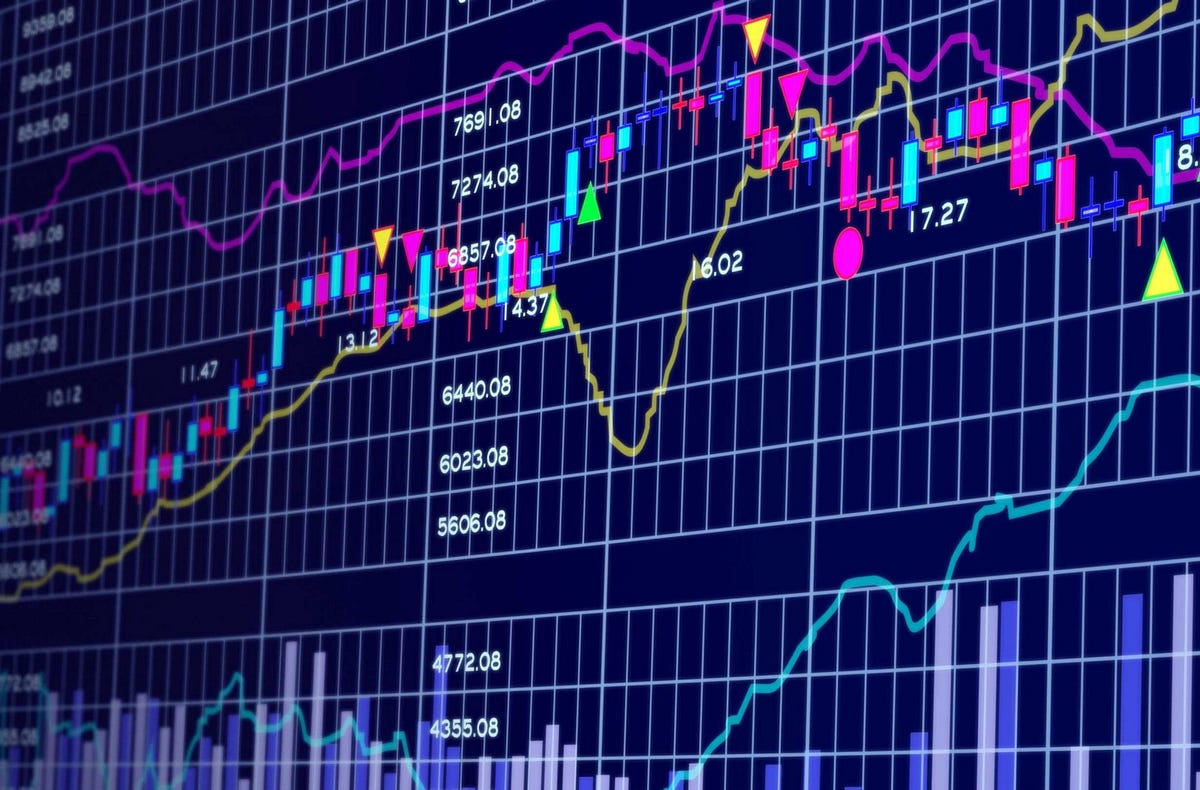The world of forex trading is dynamic and ever-evolving, with traders constantly seeking innovative tools to gain a competitive edge. Among the myriad of technical indicators available, one that has gained significant attention and acclaim is the Fractal Adaptive Moving Average, or FRAMA. This indicator is designed to adapt to market conditions, providing traders with a versatile tool for trend identification and smoother price tracking. In this comprehensive guide, we’ll delve into the intricacies of FRAMA, exploring its origins, calculation, interpretation, and practical applications in forex trading.
Understanding FRAMA
Origins and Development
FRAMA was introduced by John Ehlers, a renowned technical analyst and engineer, in his book “Rocket Science for Traders“. Ehlers is known for his work in developing advanced technical indicators that aim to filter out market noise and enhance the clarity of price trends. FRAMA is a culmination of his efforts to create a moving average that adjusts dynamically to market volatility.
The Logic Behind FRAMA
Traditional moving averages, while widely used, suffer from lagging issues. They tend to respond slowly to rapid changes in market conditions, leading to delayed signals. FRAMA seeks to address this by adapting its sensitivity based on the prevailing market volatility. In essence, it aims to be more responsive during periods of heightened volatility and less reactive when the market is relatively stable.
Calculating FRAMA
The calculation of FRAMA involves several steps, and while the formula may appear complex, the underlying logic is straightforward. Here’s a simplified explanation:
Fractal Dimension Calculation:
Determine the high and low prices for a given period (usually 10 bars).
Calculate the fractal dimension using a mathematical formula.
The fractal dimension represents the complexity of the price movement.
Filtering Period Determination:
Apply a smoothing filter based on the calculated fractal dimension.
Determine the optimal smoothing period for the given market conditions.
FRAMA Calculation:
Use the filtered fractal dimension to adjust the smoothing factor of a traditional moving average.
Calculate FRAMA using the modified smoothing factor:
While the exact formula involves mathematical intricacies, many trading platforms provide FRAMA as a pre-built indicator, sparing traders from manual calculations.
Interpreting FRAMA Signals
Trend Identification
One of the primary applications of FRAMA is trend identification. The indicator helps traders distinguish between trending and ranging market conditions. When FRAMA slopes upward, it signals an uptrend, while a downward slope indicates a downtrend. During sideways markets, FRAMA tends to flatten out, reflecting reduced sensitivity to minor price fluctuations.
Entry and Exit Signals
Entry Signals:
Crossovers: Look for the price crossing above the ascending FRAMA for a potential long entry, and vice versa for short positions.
Price Relation: Confirm entry signals with additional price action analysis to ensure alignment with broader market trends.
Exit Signals:
Changing Slope: An abrupt change in FRAMA’s slope may indicate a potential reversal, prompting traders to consider exiting or re-evaluating their positions.
Support and Resistance: Use key support and resistance levels in conjunction with FRAMA to identify potential exit points.
Volatility Adjustments
FRAMA’s adaptive nature allows it to adjust to varying market conditions. During periods of high volatility, the indicator becomes more responsive, offering timely signals. Conversely, in low-volatility environments, FRAMA adapts by reducing sensitivity, preventing false signals.
Practical Applications in Forex Trading
Trend Confirmation
Traders often use FRAMA in conjunction with other trend-following indicators to confirm the strength and direction of a trend. Combining FRAMA with tools like the Moving Average Convergence Divergence (MACD) or the Average Directional Index (ADX) can enhance the accuracy of trend identification.
Risk Management
FRAMA’s adaptability to market conditions makes it a valuable tool for risk management. Traders can adjust their position sizes based on the prevailing volatility, helping to mitigate risk during turbulent market phases.
Scalping and Day Trading
For short-term traders, FRAMA’s responsiveness to price movements makes it suitable for scalping and day trading strategies. By focusing on intraday price trends and using FRAMA for timely entries and exits, traders can capitalize on short-term market fluctuations.
Potential Limitations
While FRAMA offers a robust approach to filtering market noise and adapting to volatility, it’s essential to consider potential limitations:
Whipsaws: Like many trend-following indicators, FRAMA is not immune to generating false signals, especially during choppy or sideways markets.
Optimization Challenges: Determining the optimal parameters for FRAMA can be challenging, and traders may need to experiment with different settings to suit specific market conditions.
Fractal Adaptive Moving Average (FRAMA) stands out as a sophisticated and adaptive tool in the realm of forex trading. Its ability to dynamically adjust to market conditions, coupled with its effectiveness in trend identification, makes it a valuable addition to a trader’s toolkit. While no indicator is foolproof, understanding the intricacies of FRAMA and incorporating it judiciously into a comprehensive trading strategy can provide traders with a distinct advantage in navigating the complexities of the forex market. As with any technical tool, thorough testing, and continuous refinement are crucial to unlocking the full potential of FRAMA in enhancing trading decisions and outcomes.
Let’s Manage Your Forex Funds With Fx Pips Guru!
Fx Pips Guru is a forex fund management company managing client’s funds profitably. We work with prop firms as well to pass the challenges and to manage the funds following consistency and profitability. Let’s do Live Chat with our experts.




